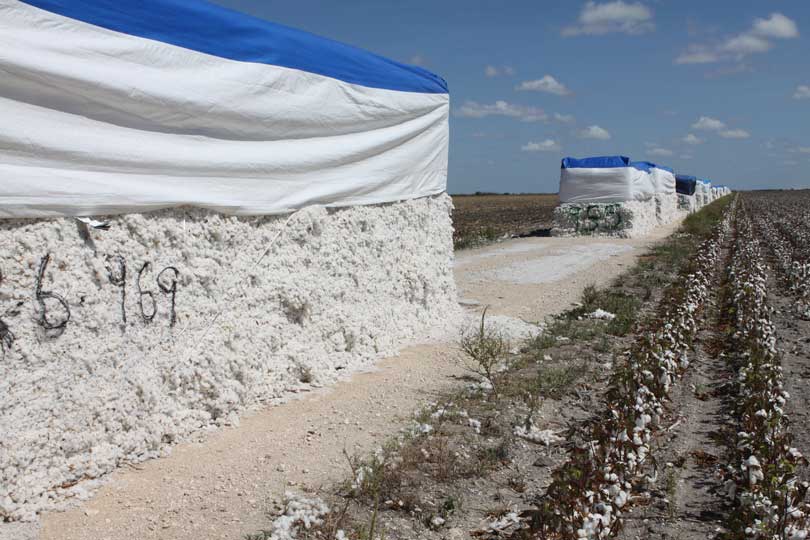By Jessica Domel
Multimedia Reporter
The People’s Republic of China is forecast to grow and produce less cotton this year, but it will cost buyers more if they want to meet rising demand by purchasing U.S.-grown cotton.
In July, China levied an additional 25 percent tariff on U.S. cotton, pushing the cost of cotton per ton up $600 American dollars or 4,000 renminbi, the official currency of China.
“Upon China’s implementation of the additional 25 percent tariff, it became more challenging to import U.S. cotton into China,” a report from the U.S. Department of Agriculture (USDA) Foreign Agricultural Service states. “China’s total cotton imports from the U.S. in MY (marketing year) 17/18 are expected to fall from the 501,000 tons in MY 16/17.”
Chinese buyers are reportedly taking a “wait and see” approach.
The U.S. was the top cotton supplier to China last year, supplying about 46 percent of China’s total imports.
“With more difficult access to high-quality U.S. cotton, Chinese cotton buyers will be looking to source additional cotton from other suppliers, or to increase yarn imports, the latter of which is not expected,” the report states.
Australia, India, Uzbekistan and Brazil follow the United States as China’s top five cotton suppliers.
China’s total cotton stocks are forecast to decrease to 6.58 million metric tons (MMT) by the end of the 2018/19 marketing year, according to USDA.
That’s 3.42 MMT lower than at the beginning of MY 2017/18.
Chinese farmers are forecast to plant less cotton, as well. Production is forecast to fall 5.74 MMT due to a sharp reduction in planting in most cotton regions and slightly lower yields.
Cotton consumption in China is estimated at 8.71 MMT in MY 2017/18. That’s forecast to grow to 9 MMT in MY 18/19.
Meanwhile, the United States is forecast to produce 19.2 million 480-pound bales this year. That’s down eight percent from 2017.
The U.S. cotton supply was forecast up 600,000 bales due to lower-than-expected 2018/18 exports and lower domestic consumption in August.
The full USDA Global Agricultural Information Network report is available here.

